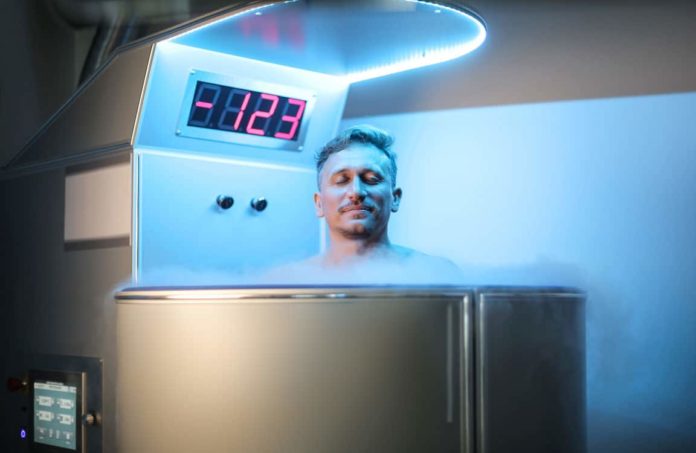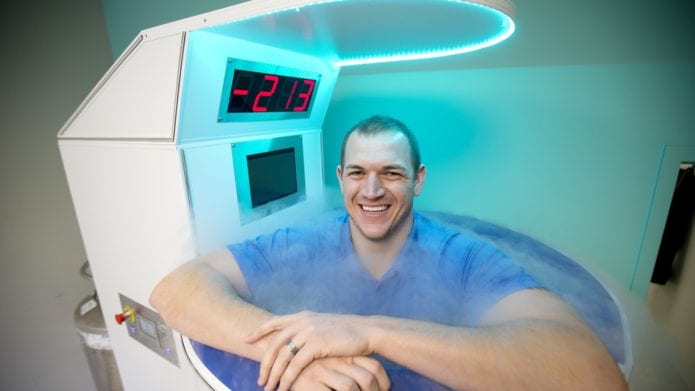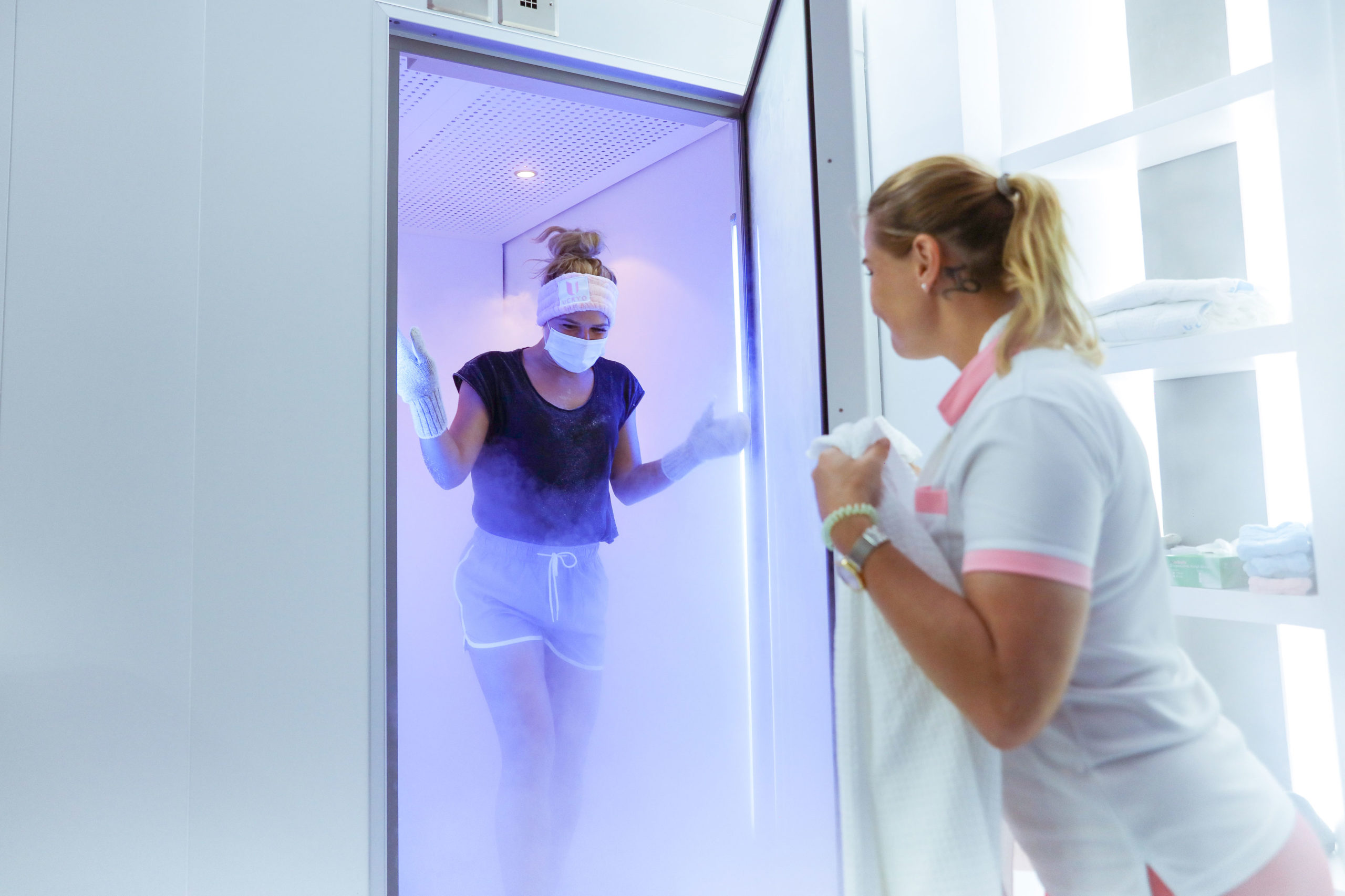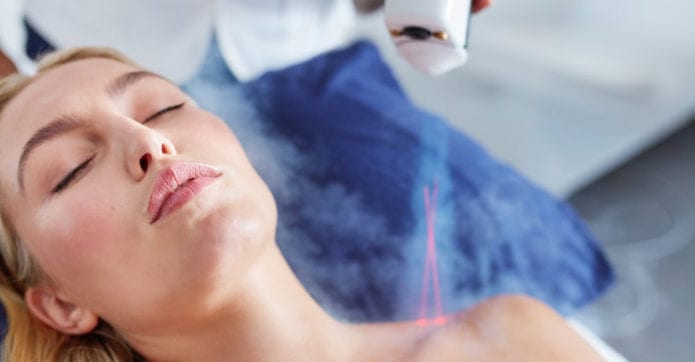
The term Ice therapy itself generally refers to the synthesis of medical treatment methods, which are based on the application of low temperatures to cool the organs, tissues or the whole organism. Ice therapy is also known as cryotherapy.
The physiological effects of it are numerous. This therapy can relax, reduce pain and have an anti-inflammatory effect. Because it narrows the blood vessels, it is also used against swelling and varicose veins.
Using this increases the medical effect of the preparation against various inflammations. The effect of cryotherapy is explained by thermoregulation. The essence is to maintain constant internal body temperature, both during physical exertion and during rest.
What is cryotherapy and how is it performed?

Generally, cryotherapy is a general or local use of low temperatures for medical purposes and has been used for centuries. It is, in fact, ice treatment, whose cold wants to achieve better blood flow and deep vasodilation, while blocking the afferent nerves, which reduce the feeling of pain. This is especially true with recent injuries and when you want to get rid of spasm.
The goal is to increase cellular growth and reproduction of cellular metabolism, to prolong the life span of a cell, to reduce pain and spasm, as well as inflammatory processes. The aim is also to improve blood flow and, in cases where extremely low temperatures are used, to destroy cells by crystallizing cytosol (a fluid contained within a cell, also known as an intracellular fluid).
When is it used?
It is most often performed in painful acute conditions as well as after sports injuries. It is also used before physical activity to reduce pain during exercise.
Treatment is carried out by local application of ice and has many positive effects on health: Reduces tissue injury, reduces tension in irritated tissue. Also suitable as a local anesthetic because it works against pain. After injuries, inflammation and swelling usually occur, so the ice acts against them. Spinal pain is usually accompanied by various inflammations. It has a beneficial effect on inflammation and thus reduces pain. It soothes the nerve impulses on the part of the body that is being massaged, thus interrupting the nerve signals of pain.

It is used in the treatment of many painful conditions. We use this therapy:
- In all types of injuries to tendons and muscles
- For sports injuries
- For joints and bumps
- Fractures
- Ligament and swelling injury
- In rheumatic diseases
- In post-traumatic conditions
- Arthrosis and arthritis
- In case of injuries and skin changes.
Cryotherapy is specific in that it is used to treat active injuries. What is characteristic of this type of therapy is tissue cooling. This leads to vasoconstriction and slowdown of circulation. This reduces bleeding and prevents the development of hematomas in the area of injury. Has an anti-hematopoietic, analgesic and anti-inflammatory effect.
This method has a wide area of action when injury and skin changes occur.
Other applications
It is also used in many benign and malignant skin changes. It helps with headaches as well as acne and other dermatological problems. Another very important application is in the treatment of the cervix. A completely safe and painless procedure.
Only ice or machines

Whether we will only need ice or we will need more complex devices depends on what we are treating. Sometimes just a packet of frozen peas can help us, and sometimes we need big machines like a cryo chamber.
Recently, a new type of cold therapy has emerged and involves entering a body-sized chamber to your neck and spraying liquid nitrogen to keep skin temperature below -130ºC. Many famous athletes, such as Kobe Bryant and Rafael Nadal, apply this method of recovery.
As you may have thought, entering a chamber where the temperature is below zero comes with a few risks, though surprisingly little compared to what you might have expected. Of course, that is not recommended for pregnant women, and everyone else should consult their doctor first.
About other types of machines, learn more here.
Types of cryotherapy
Cryo massage
It is a massage of a certain part of the body and it reduces pain. The application is carried out for 3 to 5 minutes, after which a pause is made and the procedure is repeated.
This involves primary vasoconstriction, that is, narrowing of blood vessels, then secondary vasodilation, that is, expansion of blood vessels, which acts with desensitization of local pain receptors. While performing this massage, the movements need not be circular but linear. Movements in cryo-massage are important to avoid frostbite and to widen blood vessels (secondary vasodilation), which is the ultimate goal of this therapy.
Ice packs
It is the wrapping of the body with ice. This procedure is performed for about twenty minutes and involves a full-body drowning that goes directly to the skin.
Sprays
The sprays achieve rapid local cooling. They are applied directly to the skin from a distance of about 20 centimeters. They are used in short batches with a repetition of a few seconds. The use of sprays is in recent times. They are used to cool the sore spot quickly, for example during a match.
Local and general immersion

Local and general immersion implies that all or only part of the body is dipped in a tub full of very cold water. The water temperature should range from about 15 to 18 degrees Celsius. This type of therapy is a natural method of healing.
Compresses
Indications for compressions are muscle and tendon injuries, cervical and lumbar syndrome, distortions, muscle spasm, neuralgia, fibromyalgia, fractures, luxations, post-traumatic conditions, orthoses, rheumatoid arthritis, periarthritis, epicondylitis and more.
Cold wraps are commonly used for inflammation and swelling in cases of various injuries, most commonly the tendons, joints, and muscles as well as pain. When there is an injury, there is a strong pain on touch and when moving, redness of the skin, swelling of the damaged area, as well as reduced mobility of the extremities. In such injuries, the treatment lasts about three days.
Cold compresses are also used when bleeding from the nose occurs when placed on the nasal bone. They are used in cases where psychological distress occurs, and are then placed on the forehead. Usually, cloth or towel is immersed in cold water and then placed in a diseased area. This treatment usually takes about five minutes.
The cloth can also be replaced by a bag of ice or a bag of frozen vegetables (peas, green beans).
Contraindications are open wounds, Reino’s syndrome, arteriosclerosis and more.
This method was also applied by Hippocrates, Galen, Avicenna and other otters and physicians from ancient times. However, although it has been used for a long time, its effects are only explained in detail in the 20th century, and generally applied nowadays. If you do not have health restrictions, be sure to take full advantage of this type of treatment.











